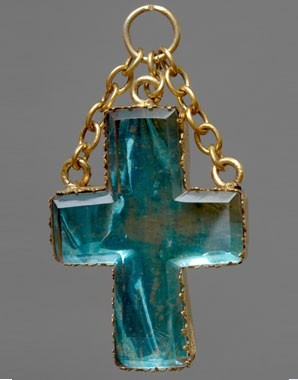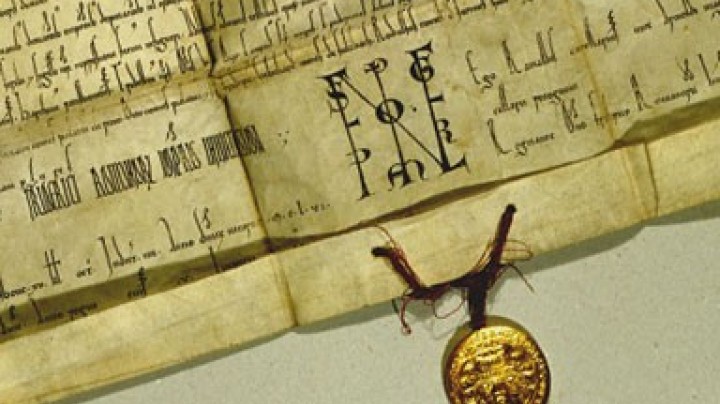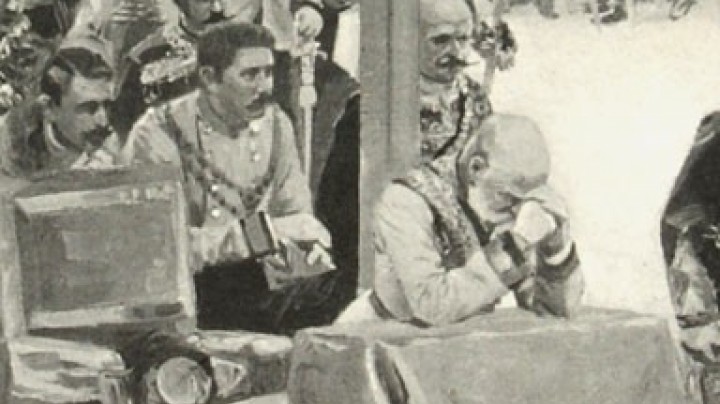Anything holy will fetch a good price – The medieval trade in religious relics
In the Middle Ages there was a great deal of money to be made with bones, hair and nails – provided they came from a saint. Measures taken against the trade by the Church were not very effective, particularly since many of those who engaged in it were to be found within its own ranks.
It was worries about his finances that drove the thirteenth-century Byzantine Emperor Baldwin II to take a rather unusual step. In order to raise money he sold Christ’s crown of thorns, which he owned, to the French king, Louis IX. Since then the crown has been kept in the Sainte-Chapelle in Paris, the palace chapel of the former royal residence, and is one of the key relics of the Christian churches. Among the Habsburgs it was above all Rudolf IV who was a keen collector of relics.
Trading in such important religious objects was disapproved of by the Church, which banned it throughout the Middle Ages. All that was permitted was for such objects to be exchanged – this could also be done in return for prayers to be offered by monks and nuns, to be given as gifts, or to be bought from ‘non-believers’ so that they could be handed over to the Church. Since such objects were valuable commodities it was customary to pass off transactions involving relics as donations or thefts. Admittedly, many such objects were in fact forgeries. In the first half of the fifteenth century, for example, St Bernard of Siena expressed the opinion that there were so many pieces of Christ’s cross in circulation that twelve oxen would be unable to carry them all.
It was above all the clergy who were active in the trade in relics, since they had access to churches and monasteries and knew the value of the objects in question. However, deciding on the price could not have been an easy matter, since there were few commodities with which relgious relics could be compared. Ecclesiastical historians assume that the prices asked must have been ‘astronomical’. For example, the bones of St Anthony were weighed against gold in the early Middle Ages. After all, the buyer did not want to commit a sin by underestimating the value of such a relic. Nowadays trading in relics is strictly forbidden by Catholic ecclesiastical law.
















